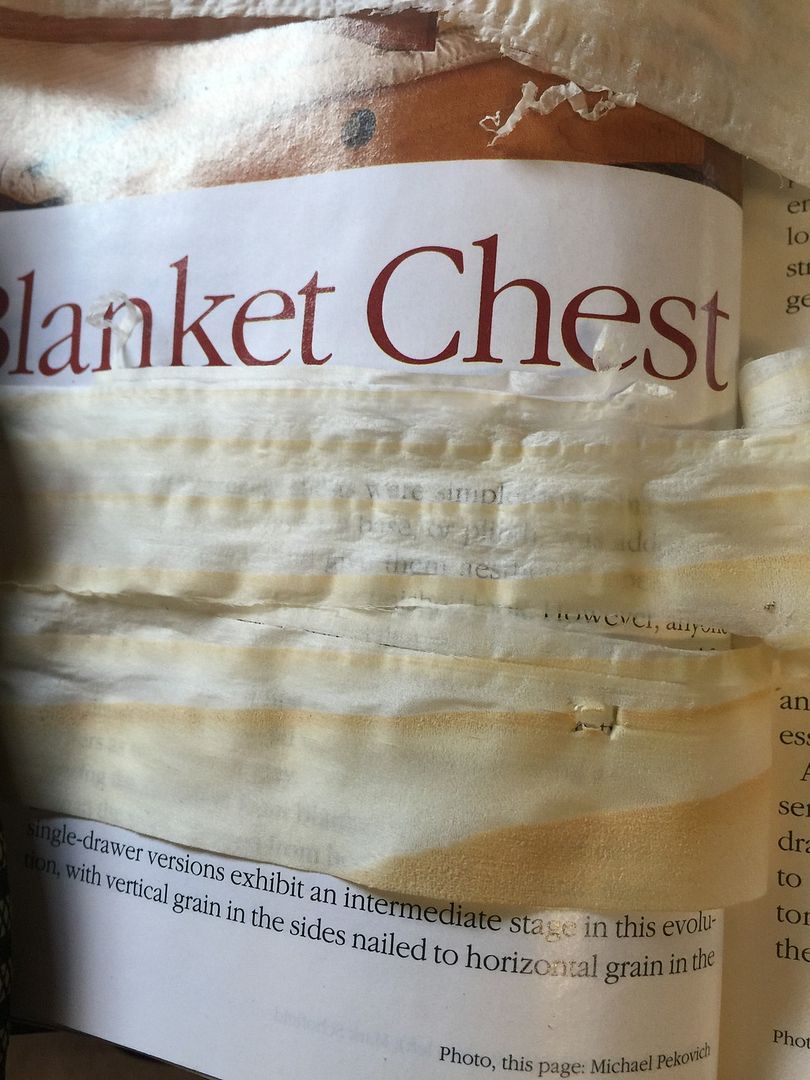Jacob":3pbfaeyr said:
bugbear":3pbfaeyr said:
Jacob":3pbfaeyr said:
You flatten in use, putting more effort into the high points,
Interesting theory.
Where do hollowed stones come from, if use causes flattening? Are they made hollow at the factory, and if so, why?
BugBear
Good question.
Here are two more:
Why are nearly all the old (used) stones you come across never perfectly flat?
Why are nearly all the old (used) chisels and plane blades also never perfectly flat on the face and have rounded bevels?
Is it that earlier woodworkers had no idea how to do things properly?
Or is it that the modern sharpening obsession with flatness is (almost) completely pointless?
In any walk of life, there are always some who take great pride in what they do; won't allow sub-standard work, go the extra mile when extra hours are required to finish something properly, look after their tools and equipment to a very high standard, and always do their best. There are some who are capable of the best work, but sometimes cut corners, and there are some who can't really be bothered.
'The books' usually set out best practice. The books usually tell the worker to keep their sharpening stones flat and in good condition. Not everybody followed best practice.
I'm not sure that all the old honing stones are hollowed. I've seen plenty that appear in better condition than that.
Paul Sellers wrote several blogs about hollowed oilstones a couple of months ago; he'd bought some real shockers off Ebay (I went looking for them, out of interest, and couldn't find many, though to be fair I didn't search very long and hard. However, there seemed to be more in decent, including new and boxed, condition than shockers.) At the end of his 'investigation', he didn't seem to reach any sort of convincing conclusion, except that some people had hollowed stones and their tools might well have fitted their stones. It seemed pertinent that he now uses (nice, flat) diamond plates for his sharpening, though.
I really don't think there's a 'right' answer; for me, best practice is keeping sharpening stones pretty flat, but some people obviosly get by with out-of-flat ones. Good luck to them, but I'll stick with flat - for me, it just makes life easier in the end.



































